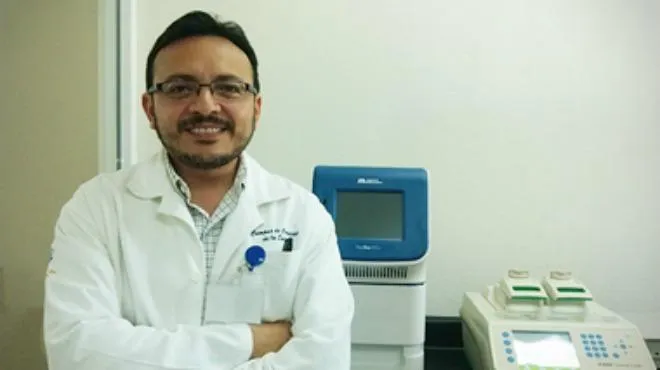Julio Lara Riegos, a researcher at the Autonomous University of Yucatán (UADY), said that diabetes has both genetic and environmental origins.
It specializes in the study of genetic polymorphisms in a context of obesity related to type 2 diabetes, in Mayan populations in the southeast of the country.
In an interview with the Conacyt informative agency, the researcher stated that the genetic material of all human beings is identical at 99.9 percent and only 0.1 percent is different by the replacement of one base by another in the sequence of deoxyribonucleic acid (DNA) (DNA).
It is known as polymorphism when this replacement of one base by another exceeds one percent in a population, while a mutation is the change of a single nucleotide in the genetic sequence.When carrying a polymorphism, susceptibility or protection of diseases can be had.
From 800 samples in 26 communities of Campeche, Yucatán and Quintana Roo, 10 genetic polymorphisms were analyzed, of which two were the most important due to their relationship with diabetes and obesity.
One of these was registered in the American continent and was related to diabetes, while the other is modified by the state of obesity.
These two polymorphisms could be molecular markers of susceptibility that, through the analysis of the inheritance model, would indicate that the person who holds them is more likely to develop diabetes than a person who does not carry them.
A relevant aspect is that polymorphisms must be in the context of obesity so that they can express themselves and, for Lara Riegos, it implies a good advance to have a polymorphism identified in the susceptibility to diabetes to improve prevention measures.
"Yucatan and Campeche are the states that have the greatest condition of obesity throughout the country. These polymorphisms are related to diabetes, but in a context of obesity it is very interesting because the other polymorphisms are not so important in the susceptibility of diabetes in our population,But these two in the diabetes context are very important, "said the researcher.


